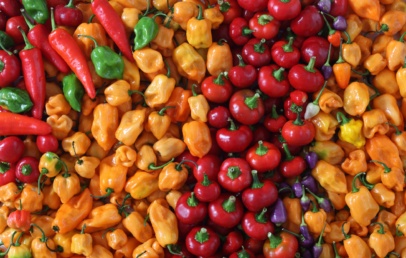
More people than ever before suffer from acid reflux and gastroesophageal reflux disease (GERD), which can make eating awkward or even stressful. The good news? Your emotional state can be greatly influenced by the foods you eat. Although each person is unique, many people find relief by concentrating on a diet rich in nutrient-dense, low-acid, and anti-inflammatory foods.
Both gastroenterologists and nutritionists concur that controlling reflux involves developing enduring eating patterns and habits that lessen triggers rather than merely avoiding particular foods. These 13 mild foods are an excellent place to start if you want to lessen symptoms like heartburn, bloating, or a sour taste in your throat.
1. Bananas
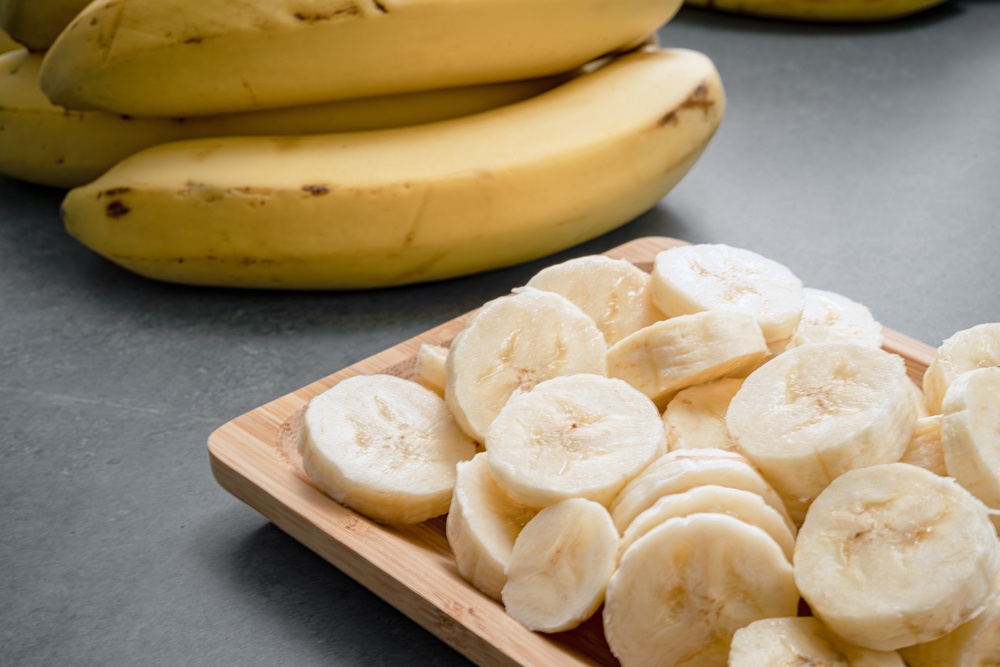
One of the best fruits for people with acid reflux is the banana. They can help neutralize stomach acid and calm the lining of the esophagus because they are naturally low in acid and slightly alkaline. Pectin, a form of soluble fiber found in bananas, aids in the smooth passage of food through the digestive system and promotes digestive health. When you’re trying to prevent acid flare-ups, bananas can be a safe snack or breakfast base because they’re soft and easy to digest.
2. Oatmeal
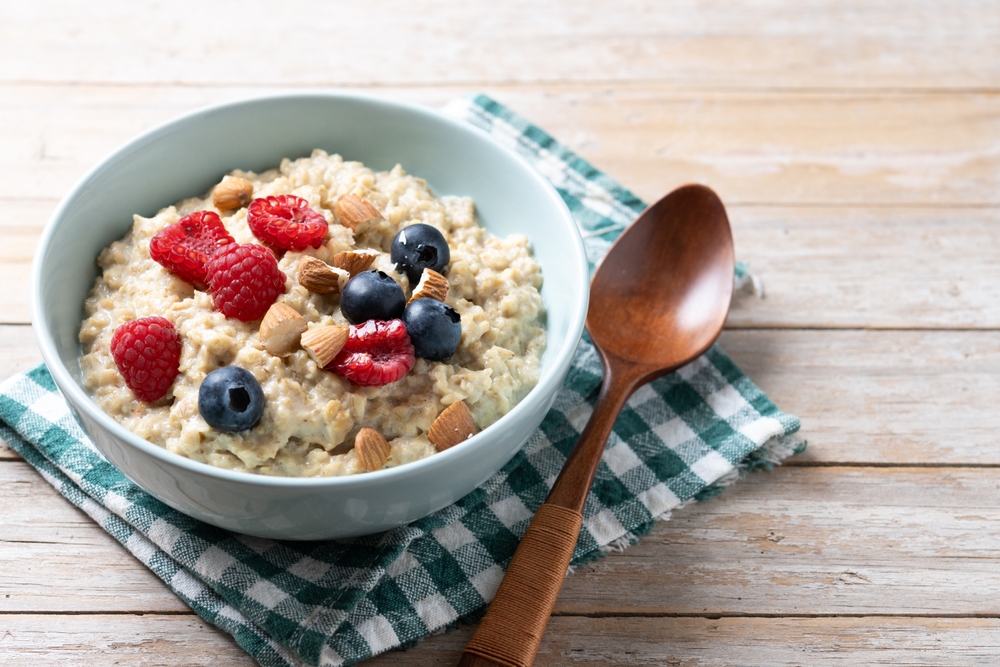
An easy-to-eat breakfast staple that is low in acid and high in fiber is oatmeal. By reducing overeating, a common reflux trigger, and prolonging feelings of fullness, fiber helps lessen reflux. Additionally, oats absorb stomach acid, which could stop it from returning to the esophagus. Just watch out for grating toppings, such as chocolate, sugar, and citrus. For a reflux-friendly alternative, try a spoonful of almond butter or sliced banana.
3. Papaya
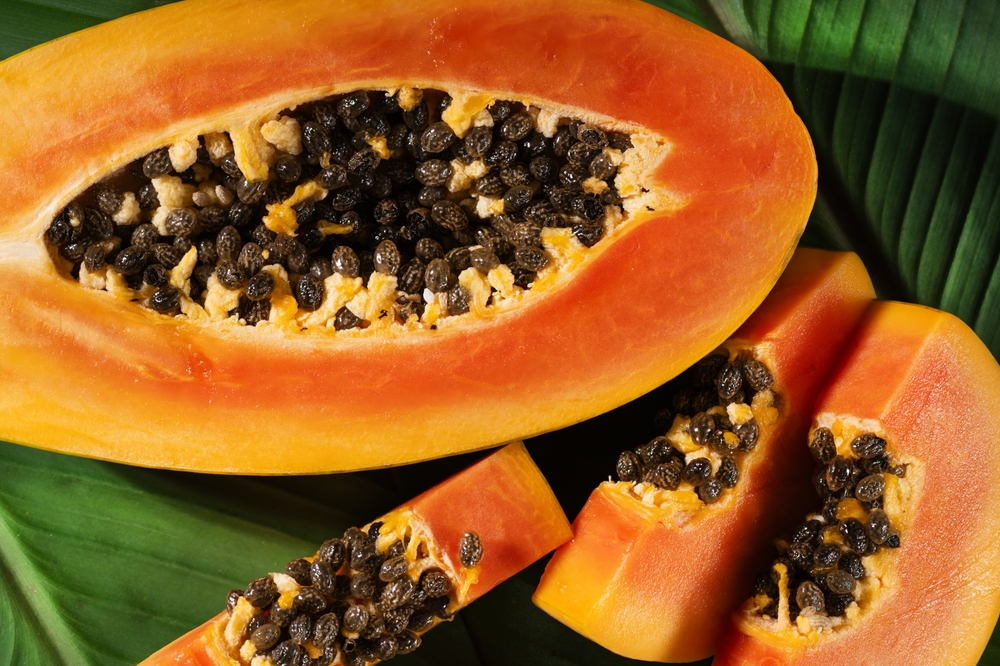
An enzyme called papain, which is abundant in this tropical fruit, aids in the breakdown of proteins in food and promotes easier digestion. Due to its high water content and low acidity, papaya is frequently well tolerated by those with sensitive stomachs. Heartburn risk can be decreased and digestion aided by eating ripe papaya or consuming small amounts of fresh, unsweetened papaya juice. However, it’s best to start with small portions and see how your body responds because some people may be sensitive to papaya seeds.
4. Brown Rice
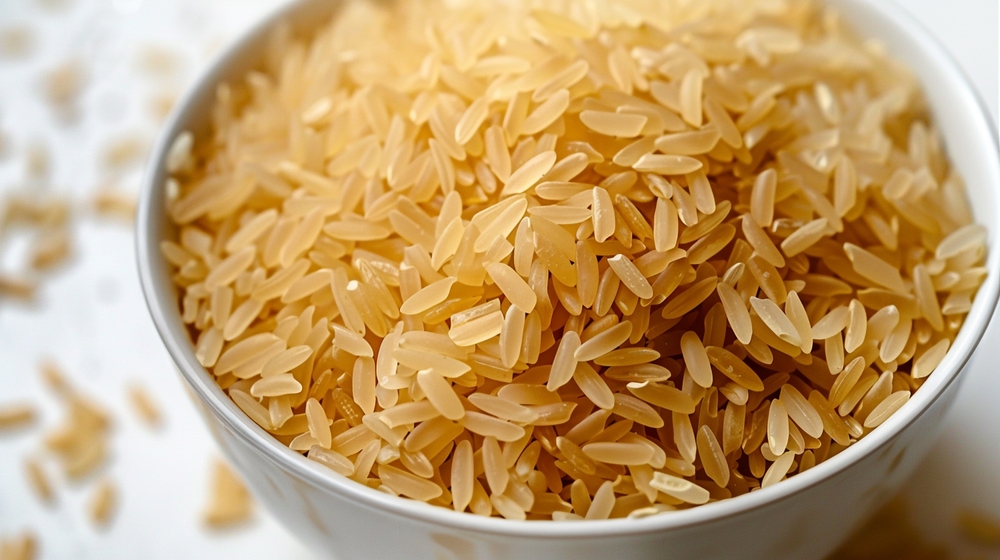
For those who suffer from reflux, brown rice is a whole grain that is high in fiber and digests gradually. Its mild flavor and low acidity make it an ideal meal base, and its high fiber content aids in the absorption of stomach acid. The bran and germ layers that brown rice retains, in contrast to white rice, help with digestion and prolong feelings of fullness. A low-acid, well-balanced meal can be made by combining brown rice with steamed vegetables or lean proteins.
5. Ginger
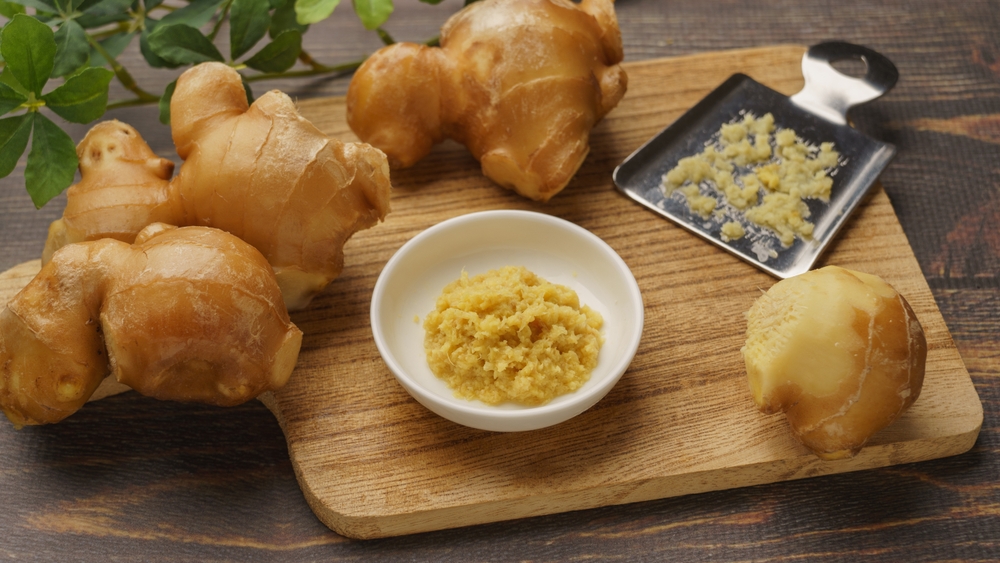
Modern research backs up the anti-inflammatory and pro-digestive qualities of ginger, which has been used for centuries in traditional medicine to soothe upset stomachs. Bloating, nausea, and even mild heartburn can all be greatly alleviated with a little fresh ginger. It can be added to soups, stir-fries, smoothies, and teas because it has a naturally low acidity level. Ginger may eventually lessen reflux symptoms because it aids in the proper relaxation and contraction of the digestive tract’s muscles.
6. Lean Meats
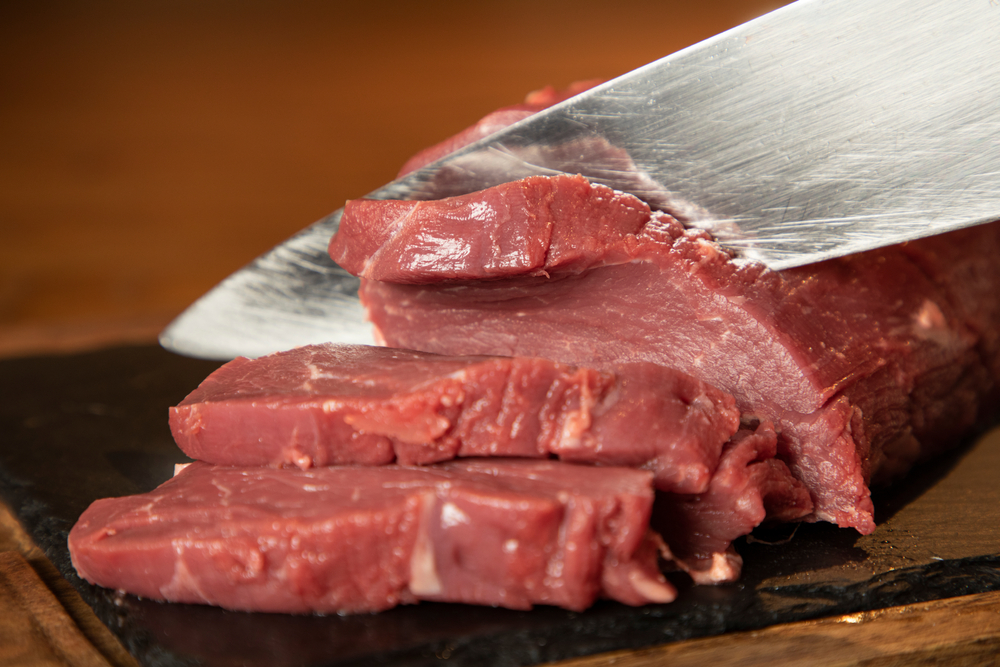
Selecting lean meats like skinless chicken, turkey, or extremely lean cuts of beef can have an impact on protein intake. Because they slow down digestion and put more strain on the lower esophageal sphincter (LES), high-fat meats are known to exacerbate acid reflux. Conversely, lean meats are less likely to produce symptoms and are easier to digest. Make sure to cook them using low-fat techniques like grilling, steaming, or baking rather than using strong seasonings or hot marinades.
7. Salmon
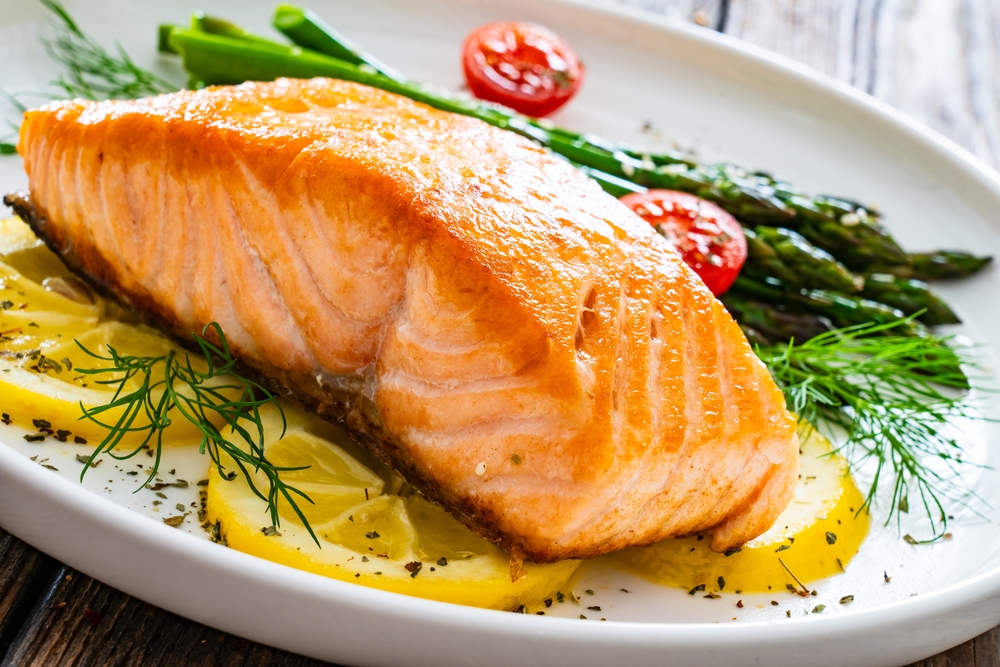
In addition to being low in fat and acid, salmon also contains omega-3 fatty acids, which may help lessen intestinal inflammation. Since GERD symptoms are largely caused by chronic inflammation, eating foods that reduce inflammation, like salmon, may have long-term advantages. Salmon is a nutritious, high-protein main course that goes well with other reflux-friendly foods like brown rice or steamed vegetables when prepared simply (grilled or baked).
8. Couscous and Quinoa
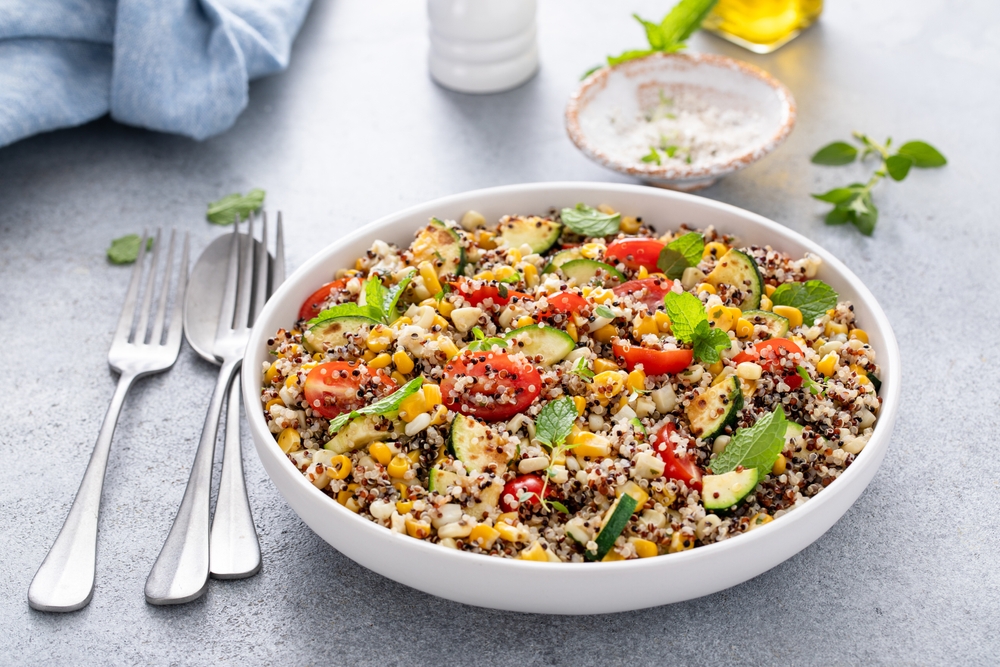
Quinoa and couscous are both nutrient-dense, high-fiber grains with little acidity. Specifically, quinoa is a complete plant protein, which makes it an excellent option for vegetarians or anyone trying to cut back on their consumption of red meat. Reflux-safe herbs like basil or parsley can be used to season these easily digested grains. Additionally, they can be added to salads, grain bowls, or warm side dishes to create a well-rounded, reflux-friendly meal.
9. Yogurt (Low-Fat or Non-Fat)
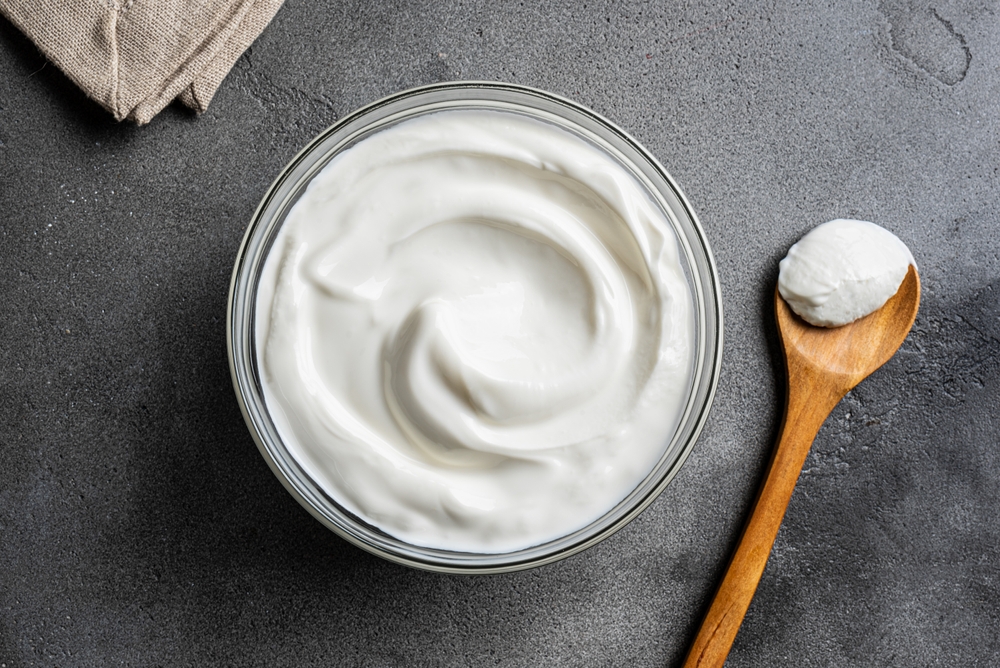
A reflux diet may benefit from the addition of yogurt, particularly low-fat or non-fat types. Probiotics, which are beneficial bacteria that support gut health and balance digestion, are present in it. Some people find that yogurt’s mild acidity and cool texture help balance stomach acid, though full-fat or extremely sour varieties may cause issues. To avoid artificial flavors or added sugars that can upset your digestive tract, stick to plain, unsweetened yogurt.
10. Aloe Vera Juice (in Small Amounts)
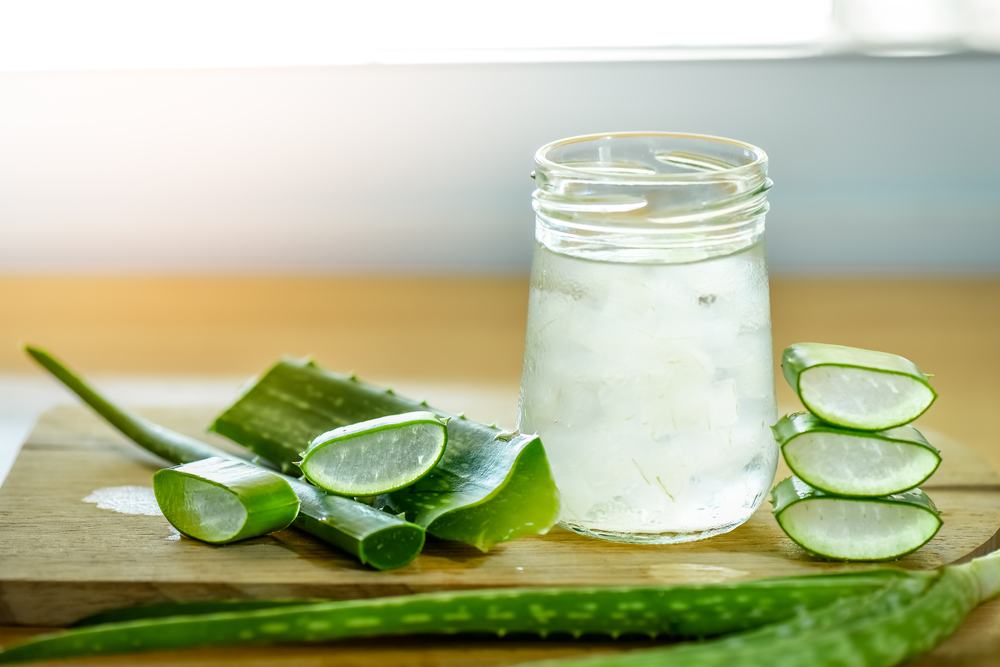
The potential digestive advantages of aloe vera juice, such as lowering inflammation and soothing the stomach lining, are drawing more attention. Reflux symptoms may be lessened by consuming small amounts of pure aloe vera juice (without latex or additional laxatives) prior to meals, according to some small studies. Aloe can irritate the intestines if taken in excess, but there is currently little research on the subject. Before incorporating aloe vera into your regimen, always get medical advice.
11. Melons
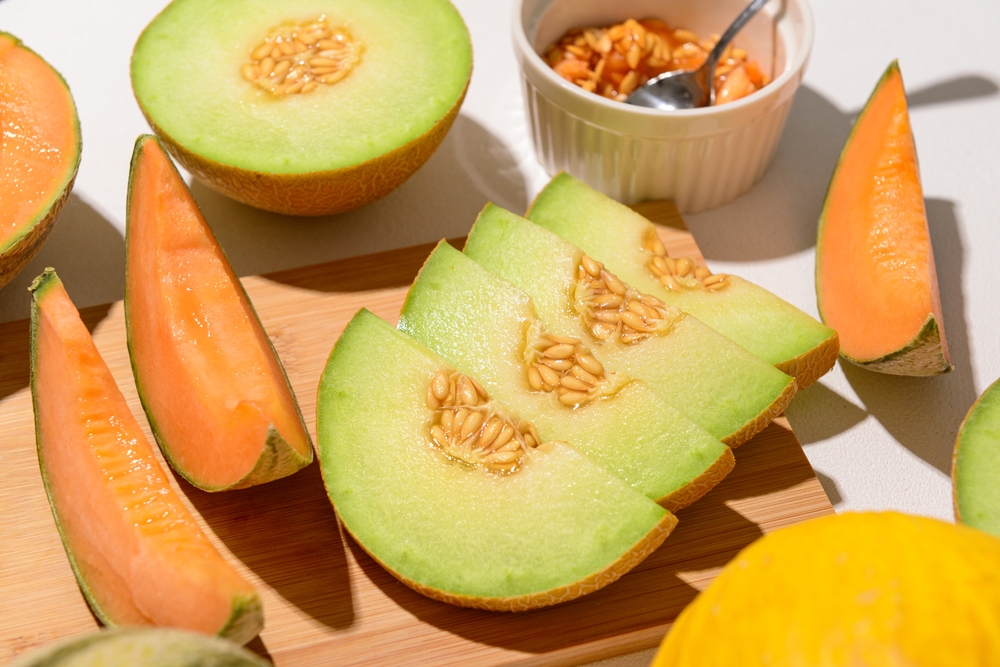
Watermelon, honeydew, and cantaloupe are examples of melons that are naturally low in acidity and high in water content. Because of this, they are calming, hydrating, and unlikely to cause reflux in most people. They are also high in antioxidants and vitamins. As with any food, though, each person reacts differently. Watermelon may make some people bloated, so start with small servings to see how much you can handle.
12. Sweet Potatoes
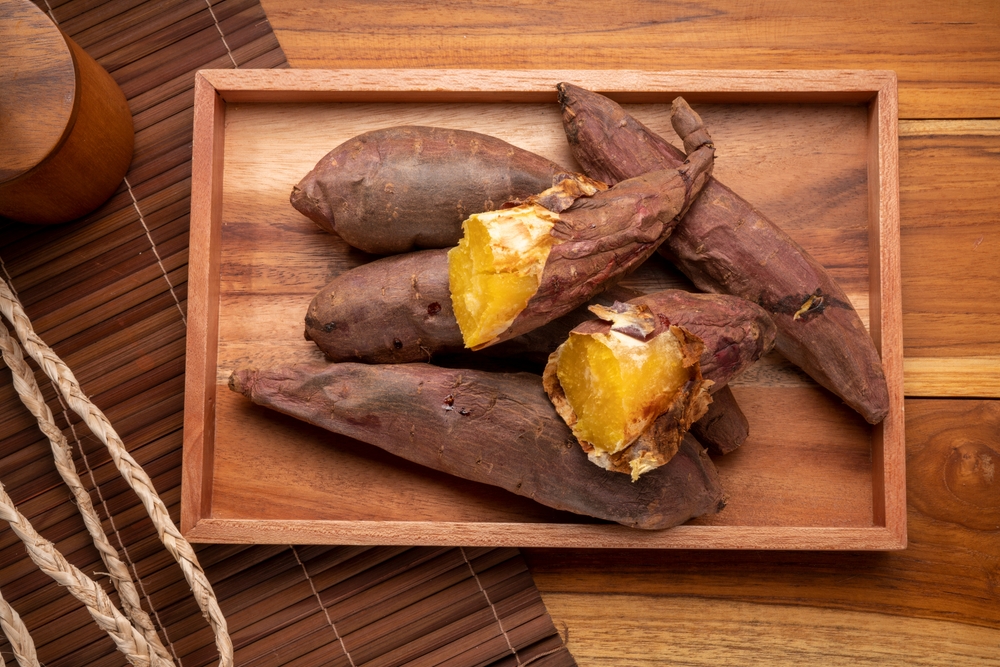
Alkaline-forming and easy on the stomach, sweet potatoes are high in fiber and vital nutrients like vitamin A and potassium. Their slow-digesting carbohydrates help keep blood sugar levels steady and avoid the acid production spikes that frequently occur after processed meals. Sweet potatoes, roasted or mashed with a little olive oil, are a filling and reflux-friendly side dish.
13. Herbal Teas (Non-Mint)

Numerous herbal teas can aid in calming the digestive tract and are naturally caffeine-free. Teas made from chamomile, licorice root, ginger, and slippery elm are frequently used to soothe digestive issues and may lessen inflammation brought on by reflux. Steer clear of peppermint and spearmint teas, though, as they may relax the LES and exacerbate symptoms. After meals, slowly sip herbal tea to promote digestion without aggravating reflux.
Since each person has unique triggers and tolerances, there is no one-size-fits-all acid reflux diet. Nonetheless, many people find that increasing their intake of low-acid, high-fiber, and anti-inflammatory foods, such as those mentioned above, helps lessen symptoms and enhance digestion in general. The way you eat is just as important as the foods you choose: chew your food thoroughly, eat slowly, avoid overeating, and avoid lying down for at least two hours after eating.
You can discover what works best for your body by keeping a food and symptom journal. See a gastroenterologist or registered dietitian for individualized guidance if symptoms worsen or continue.

